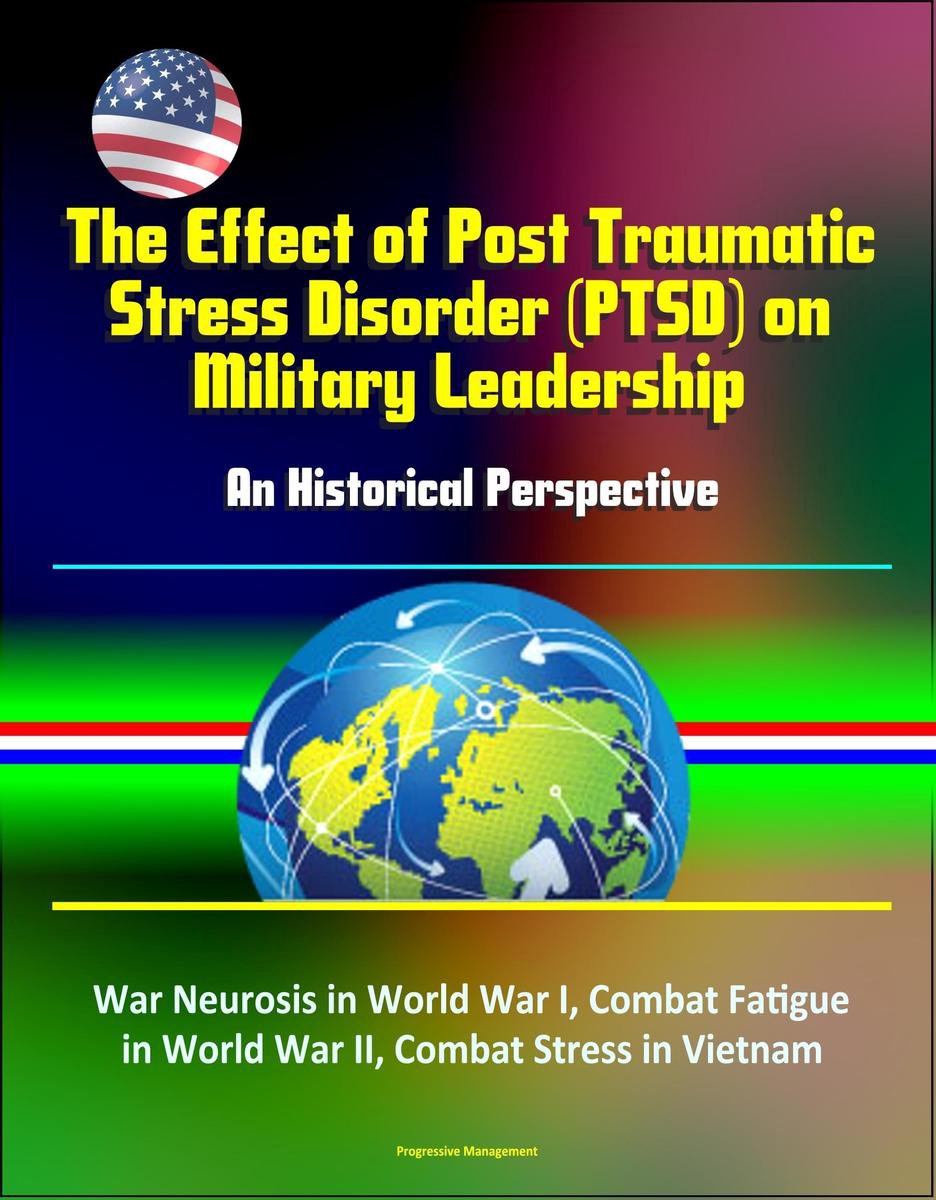The Effect of Post Traumatic Stress Disorder (PTSD) on Military Leadership: An Historical Perspective - War Neurosis in World War I, Combat Fatigue in World War II, Combat Stress in Vietnam
This excellent report has been professionally converted for accurate flowing-text e-book format reproduction. This monograph examines the effects of Post Traumatic Stress Disorder (PTSD) on military leadership. For over twenty years, the United States Army has used the Be, Know, Do leadership model to describe what Army leadership is and does. The BKD leadership model addresses the personal values, competence, and actions of a leader that influence others to achieve successful mission accomplishment. Ongoing operations demonstrated shortcomings in current doctrine, which are clarified using recent leadership theories and historical experience. World War I, World War II, and Vietnam provide historical experiences that illustrate how American military leadership encountered PTSD, or one of its predecessors, on a large scale. The American experience in World War I began with a baseline understanding of war neurosis by observing and working with the British military. As the United States entered World War II, military leaders were determined to reduce psychiatric losses of the scale suffered in the previous World War. The military relied on personnel screening as a discriminator for service and believed that soldier selection would serve as the solution to mental health problems. The Vietnam experience showcased the effects of combat stress on a military organization. A new epidemic of delayed stress response surfaced in the military, and leaders were once again left with an emerging problem during operations. Transformational, leader-member, and situational leadership theories can best augment the leadership model's shortfalls and address multi-leader collaboration towards PTSD, the relationship between the leader and follower with PTSD, and practice of leading social change within an organization comprised of PTSD diagnosed members. The major issues that plagued the military leaders of the past, regardless of recently published doctrine, still exist today in contemporary operations. Introduction * Literature Review * Methodology * Analysis * War Neurosis in World War I * Criteria Analysis of War Neurosis * Combat Fatigue in World War II * Criteria Analysis of Combat Exhaustion * Combat Stress in Vietnam * Criteria Analysis of Combat Stress * Summary of Analysis * Recommendations and Conclusions * Bibliography * Footnotes
- Ean/ISBN: 9781311814647
- Review:
